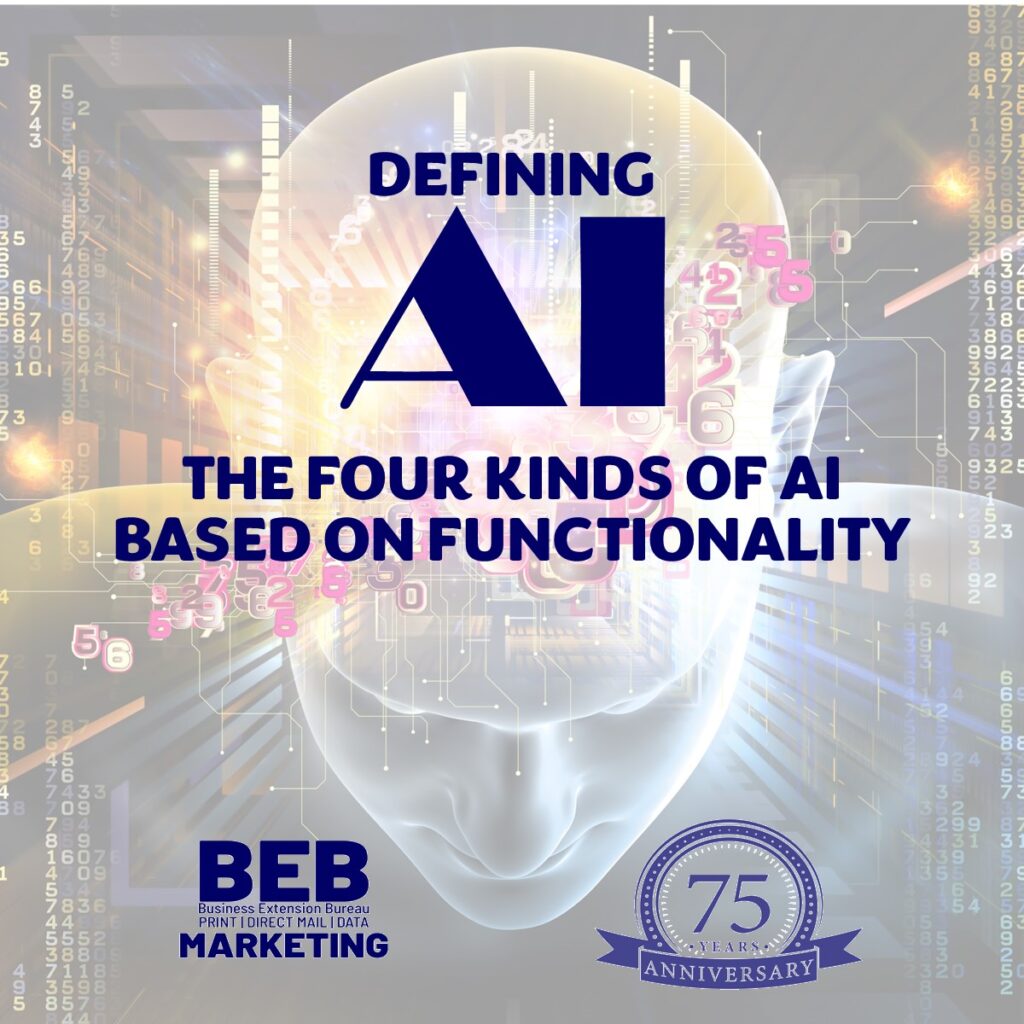 The earlier versions of the AI applications that we commonly interact with were based on traditional machine learning models. These models rely on learning algorithms created and managed by data scientists, requiring human intervention to process new information and perform tasks beyond their original training.
The earlier versions of the AI applications that we commonly interact with were based on traditional machine learning models. These models rely on learning algorithms created and managed by data scientists, requiring human intervention to process new information and perform tasks beyond their original training.
With the introduction of artificial neural networks, machines are able to learn through reinforcement and mimic the information processing of the human brain.
With the continuous evolution of AI, the field is in a state of constant change and rapid development. Our comprehension of both realized and theoretical AI is constantly shifting, leading to variations and overlaps in AI categories and terminology across different sources. Nonetheless, a comprehensive understanding of AI can be gained by examining two overarching categories: AI capabilities and AI functionalities.
The four types of AI based on functionality are:
Reactive Machine AI:
Reactive machines refer to AI systems that lack memory and are programmed to carry out specific tasks based solely on present data without the ability to remember past decisions or outcomes. These AI systems utilize statistical mathematics to analyze large volumes of data and generate intelligent outputs.
Examples of Reactive Machine AI:
- IBM Deep Blue: This supercomputer AI defeated chess grandmaster Garry Kasparov in the late 1990s by evaluating the current chessboard configuration and predicting potential move outcomes.
- The Netflix Recommendation Engine: Netflix employs models that analyze viewing history data to suggest content tailored to individual preferences.
Limited Memory AI:
In contrast to Reactive Machine AI, Limited Memory AI can retain past events and outcomes for a certain period, allowing for decision-making based on historical and current data. While it improves with additional training data, it does not store past experiences for long-term use.
Examples of Limited Memory AI:
- Generative AI tools: ChatGPT, Bard, and DeepAI utilize Limited Memory AI to predict and generate content.
- Virtual assistants and chatbots: Siri, Alexa, Google Assistant, Cortana, and IBM Watson Assistant incorporate Limited Memory AI to comprehend user queries and provide relevant responses.
- Self-driving cars: Autonomous vehicles employ Limited Memory AI to navigate their surroundings and make real-time driving decisions.
Theory of Mind AI:
Theory of Mind AI falls within the General AI category and encompasses AI systems capable of understanding the thoughts and emotions of others. This would enable AI to interact with individuals based on their emotional needs and intentions, forming human-like relationships. Emotion AI is a concept within this category, focusing on analyzing data to recognize and appropriately respond to human emotions.
Self-Aware AI:
Self-Aware AI, a theoretical form of functional AI, would possess superintelligence capabilities, including an understanding of its own internal states and human emotions. This AI class would exhibit emotions, needs, and beliefs, similar to human behavior but remains a concept rather than a realized technology.
